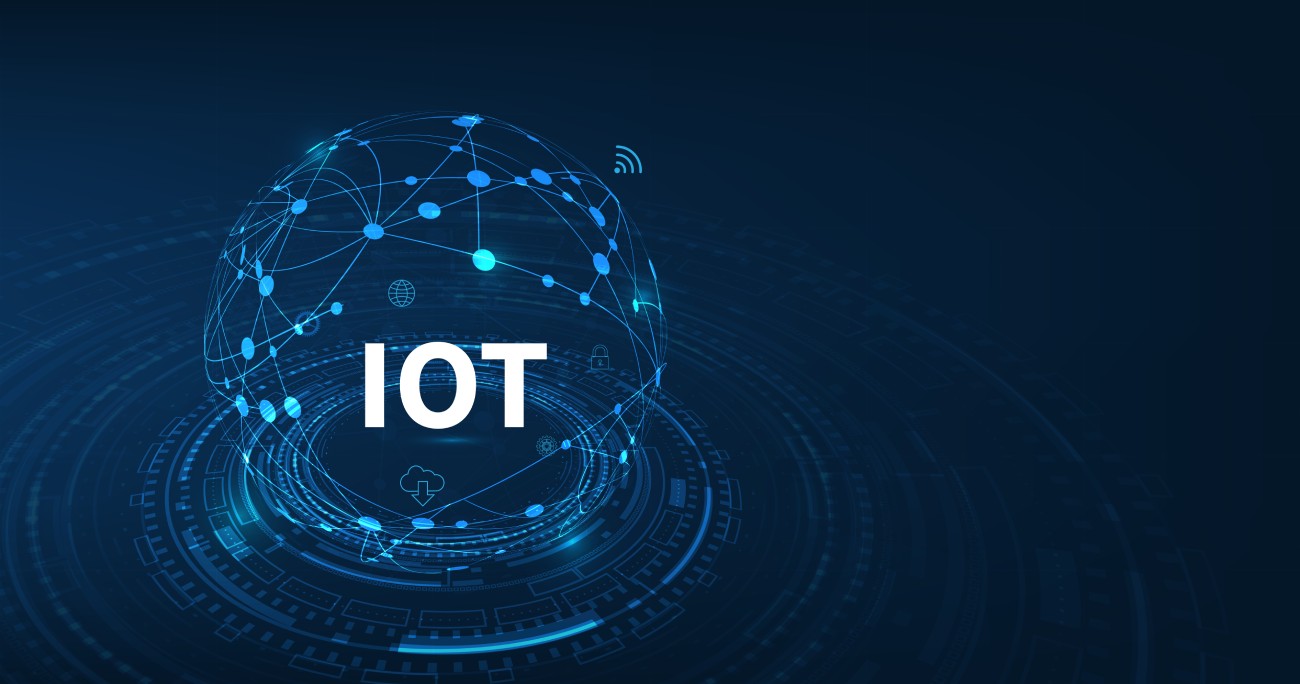Blog
IoT: Turning the World into a Network
 March 17, 2023
March 17, 2023 
The Internet of Things (IoT) technology is considered one of the most innovative and interesting technologies currently, as it is a network of devices connected to the internet, including everything from household appliances, hospitals, factories, cars, and airplanes, allowing them to communicate with each other and exchange data easily and efficiently.
The IoT was developed to enable communication between different devices and to exchange data smoothly and easily, allowing remote control of devices and collecting data about their usage. This is achieved by installing electronic sensors in the different devices that are connected to the internet.
The five steps that Internet of Things (IoT) systems go through:
Sensors: Through sensors, data can be collected from the environment and interacted with. Sensors can capture images, videos, vibrations, sound, heat, humidity, track objects, and more.
IoT gateway: This gateway connects to all sensors and acts as a gateway for securely transmitting data using protocols such as MQTT. It can control the process of sending data in an organized and secure manner by encrypting it.
Connectivity: After collecting data, it needs to be sent to a platform on servers or in the cloud for processing. This is done by using a network, which can be Bluetooth, WiFi, cellular networks like 4G or 5G, long-range networks like LoRa, or short-range networks like ZigBee, SigFox, NB-IoT, and others. The appropriate connectivity method can be chosen based on cost, range, data size, and transfer speed.
Data processing: After transferring data through the network, there is a platform on servers or in the cloud that processes, stores, and analyzes the data. Artificial intelligence tools can be used to perform advanced analytics such as predictive analytics.
User interface: This interface is related to the end user, who can access, visualize, and interact with the data.
Examples of Internet of Things technology include smart surveillance cameras:
Step 1: Cameras can collect real-time data.
Step 2: When a body is detected or an unusual sound is heard, the data is sent to an IoT gateway.
Step 3: The data is transmitted over a network, which may be Wi-Fi, to the cloud-based application.
Step 4: Data processing and analysis.
Step 5: The data is displayed and the end user is alerted through a mobile application, text message, or email.
Internet of Things (IoT) offers many opportunities to improve efficiency and reduce costs in many areas such as industry, agriculture, transportation, and healthcare. It can be used to collect data about processes and analyze it to make better decisions, and the data collected can be stored in the internet cloud for later use.
However, IoT requires strong security technologies to protect the data sent and received over the network, as everything in the world is being turned into a part of this network.

